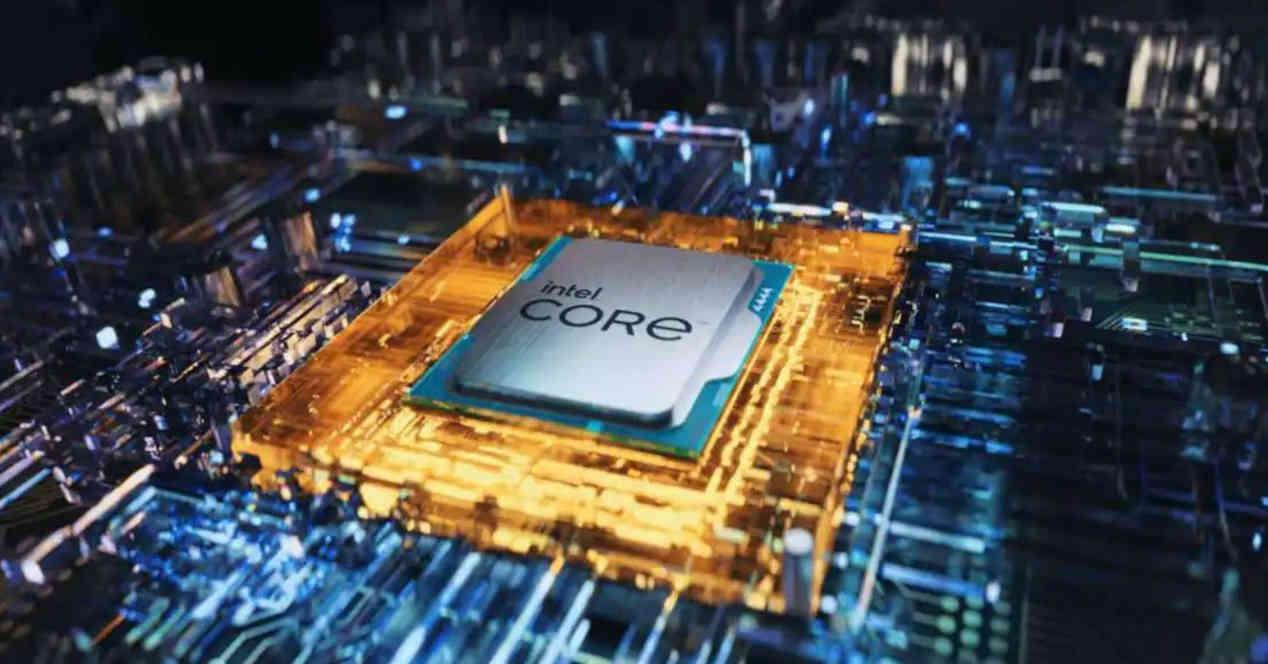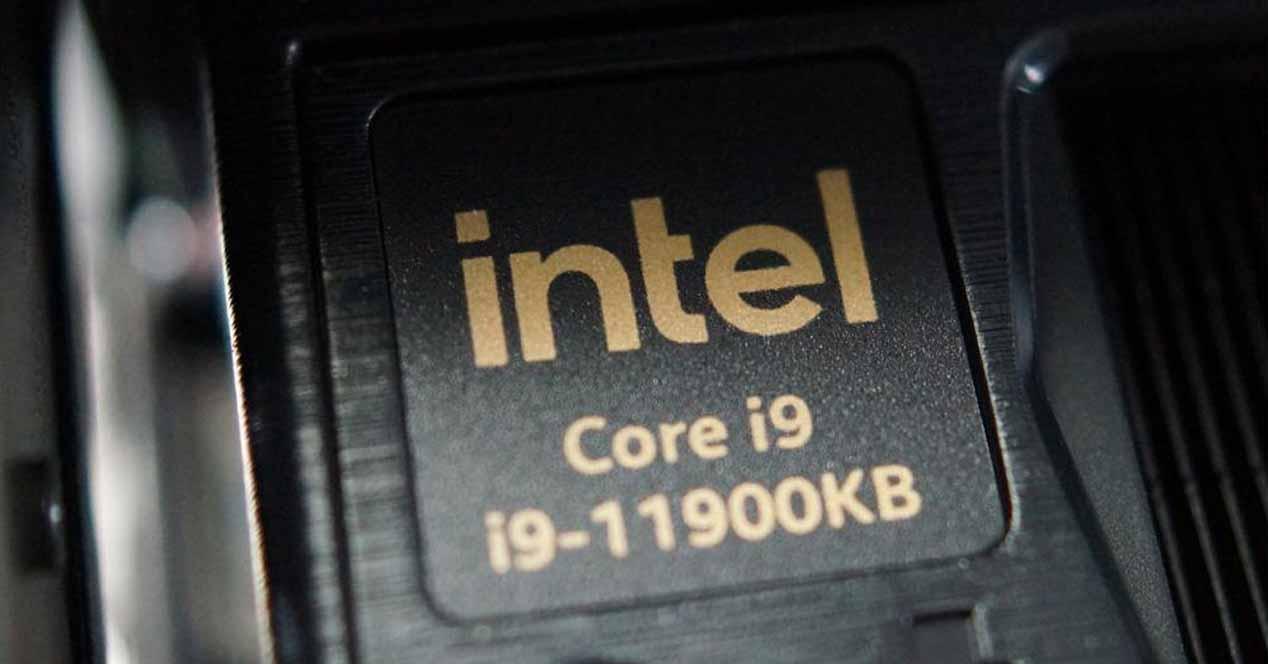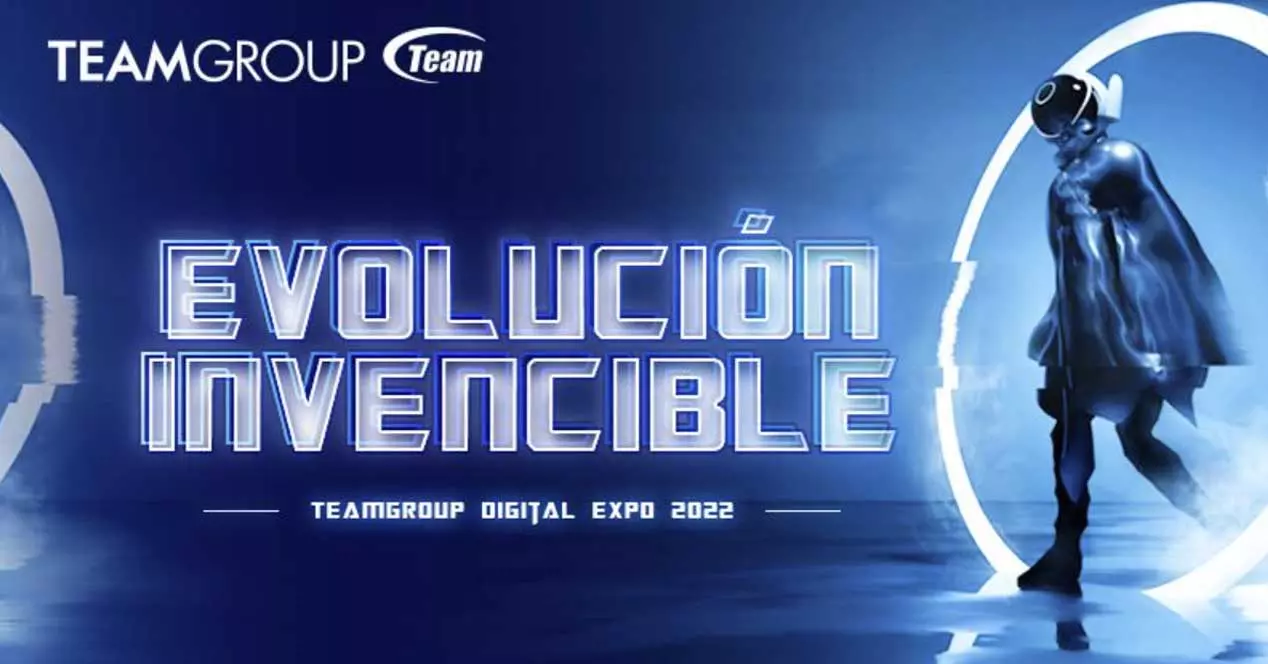
Intel just announced that will stop manufacturing its Intel Core 11 processors for desktop computers, based on Rocket Lake architecture, as well as 400 and 500 series chipsets compatible with the LGA1200 socket. Let’s remember that this family of CPUs appeared on the market in 2021, so they will have barely had a commercial life of two years. Is Intel a good decision or is it a gaffe on the part of Pat Gelsinger and his people?
Because the nanometers that are announced for the different manufacturing processes no longer correspond to reality, Intel came up with the idea of renaming its old 10 nm node as Intel 7 as it had very similar specifications to TSMC’s N7 process. However, Rocket Lake was a strange CPU to say the least, using Intel’s 14nm node and being a kind of prelude to the launch of the Alder Lake-based Intel Core 12. They had no reign, since the Ryzen 5000 were superior and AMD’s price drop for these has eliminated the Intel Core 11 from the competition, apart from the fact that they were limited to only 8 cores.
Intel will stop manufacturing its Core 11 in the coming months
That is why it is not surprising that Intel has decided to stop manufacturing them on August 25 of this year and will stop serving them to assemblers and stores by February of next year. In any case, and from the point of view of whoever wrote this article, this family of CPUs should never have existed. Let’s not forget that the Intel Core 11 for laptops were based on the Tiger Lake architecture, which was much better, especially in terms of performance and consumption.
At the same time, Intel will make the chipsets for the 400 and 500 boards disappear. This is understandable since the blue brand intends to have processors based on at most two sockets at the same time on the market. However, in 2024 the processor that is expected for desktops is still unknown, and although all the pools point to Meteor Lake, it seems that the chip for tower PCs will be based on Arrow Lake.
In any case, and whatever Intel’s plan is, there will be a new socket and new boards and they are not going to maintain three processor sockets at the same time and a minimum of three generations of active processors. Something that from our point of view only confuses the end user. In any case, given the short time between the launch of the eleventh and twelfth of the Intel Core, we have always seen them.
A less controversial processor
The life of the desktop Intel Core 11 was fleeting to say the least and it was Intel’s attempt to have a product on the market so that AMD’s Ryzen 5000 did not have all the attention towards them. However, it was still the transfer to a less advanced node, from Intel’s ex-10 nm to its 14 nm, of one of its architectures. Specifically from Sunny Cove, a decision that led them to have a less efficient processor and more limited in number of cores.
What’s more, the performance differences between Core 10 and Core 11 were low enough to not justify a true generational leap. However, I bring a series of improvements that have been seen in later CPUs from the company, such as the new integrated memory controller for DDR4, whose benefits I inherited from DDR5, and having the first integrated graphics based on Intel Xe. .




